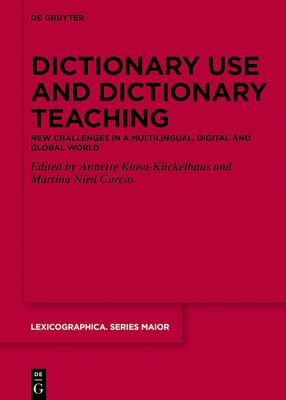Foreign language learners often use electronic dictionaries or other information from the Internet to solve language problems. However, they seem to have great difficulty using dictionaries and online resources appropriately, profitably and successfully. Their teachers also seem unfamiliar with the current dictionary landscape and sometimes insist on using a single (monolingual) print dictionary in class. As a result, dictionaries are often banned from the classroom altogether.
However, in today's digital, global and multilingual world, appropriate competence in the use of dictionaries is an essential communicative strategy. Dictionary didactics should thus be integrated into foreign language teaching. Against this background, the contributions in this volume discuss how dictionary use can be promoted and integrated into the classroom. They also consider how modern lexical resources and dictionaries should be designed to support learners. Last but not least, they present ideas for educational policies that could promote the use of dictionaries and lexicographic online resources.
This volume offers important insights to language teachers, authors of language teaching materials, practical lexicographers and other applied linguists.
